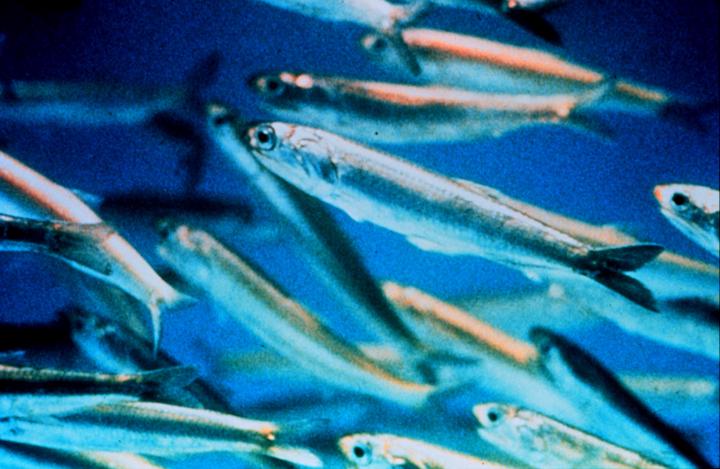Temporal changes in mesoscale aggregations and spatial distributionscenarios of the Peruvian anchovy (Engraulis ringens)

Resumen
The Peruvian anchovy (Engraulis ringens) is the most important small pelagic of the Humboldt Current System (HCS), supporting the largest mono-specific fishery in the world. The spatial behavior of this species tends to be very dynamic at different spatial scales, influenced mostly by its biomass level and environmental factors. The aim of this study was to analyze temporal and spatial fluctuations in anchovy spatial distribution off Peru, based and modeled on acoustic data, focusing on large- and meso-scale spatial structures. We employed data from 41 scientific surveys (1994–2016) and Bayesian hierarchical spatial models to obtain the anchovy’s spatial distribution, allowing us to identify spatial structures at specific scales. Our results showed similar temporal trends in the number of mesoscale structures, their areas and anchovy density, exhibiting altogether two breakpoints in the time series ~1999 and ~2013. The last period (2013–2016) was similar to the earlier one (1994–1999), in terms of low values of mesoscale structure indicators. On the other hand, we identified four spatial scenarios differentiated by the aggregative behavior, which were highly influenced by seasons and El Niño events. Each scenario had recurrent, or fidelity, areas placed in different locations. For instance, for the ‘El Niño scenario’ a particularly coastal recurrent area was identified, which might be a refuge zone for this species during these unfavorable events. Finally, we assessed differences in biomass estimates of each scenario. The highest biomass values were estimated for the ‘Summer favorable scenario’ and the lowest ones for the ‘El Niño scenario’, which supports the MacCall’s basin hypothesis for this species. This study expands the current knowledge of the Peruvian anchovy and it is a first step to understand the effects on this species of the last El Niño events (2014–2016) that occurred in the northern Humboldt Current System.